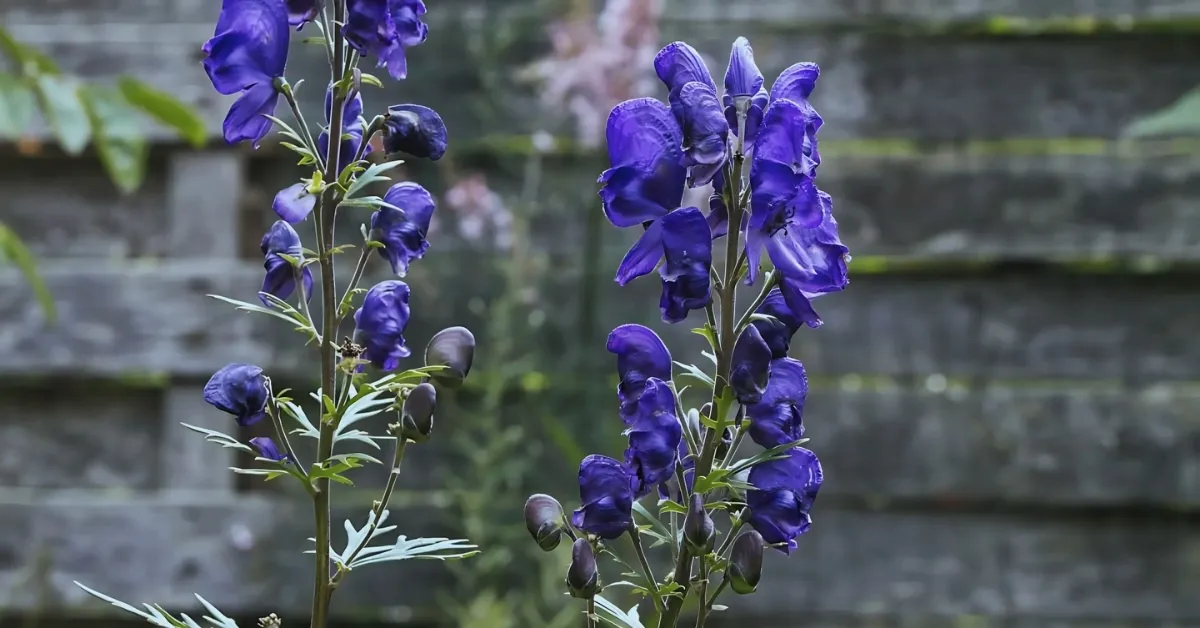"Flowers are the music of the ground from earth’s lips spoken without sound" is a famous quote by Edwin Curran, which is a beautiful way to describe the beauty and importance of flowers in nature.
However, don't get fooled by these beautiful blooms; under their beauty lies the touch of death and hidden danger. It goes like this: the more an insect or a flower is colourful and vibrant, the more likely it is to be toxic or dangerous to predators.
These beautiful flowers deceive your eyes and attract you like a bee to touch them and go to a deep slumber land where there is no coming back. The way we scale a person on their performance is similar to how we categorise the toxicity or poison level of a flower.
In this article, we'll take a look at the most poisonous flowers in the world. These toxic flowers vary in levels of danger, with some causing mild irritation and others leading to serious illness or even death.
List of the Top 5 Most Poisonous Flowers in the World
The dangerous plants and poisonous flowers are categorised into four levels of toxicity based on the severity of their effects. Understanding plant toxicity levels helps you prevent harm and know what to do if someone comes into contact with or eats a dangerous plant.
1) Major Toxicity (Level 1)
These are the most dangerous plants. If eaten, they can cause serious illness or even death. If someone is exposed, you need to get immediate medical help or call a poison control centre. Examples include angel's trumpet and azalea, both packed with highly toxic chemicals.
2) Minor Toxicity (Level 2)
Plants in this group might cause upset stomachs, like diarrhoea or vomiting. While usually not deadly, they can still be risky, especially for kids and pets. Poinsettia and columbine are common examples.
3) Oxalates (Level 3)
These plants contain tiny, needle-like crystals that can irritate skin, mouths, or digestive systems. You might experience pain, swelling, an upset stomach, or even trouble breathing. Dumb cane and angel wings are well-known oxalate-containing plants.
4) Dermatitis (Level 4)
Some plants cause skin irritation, like rashes or inflammation, if you touch them. Usually, washing the affected area with soap and water is enough to manage it. Poison ivy and giant hogweed are classic examples of plants that cause skin reactions.
Plants with Multiple Dangers
Some plants are risky in more than one way. For instance, daffodils are both a Level 2 and a Level 4 toxin. Eating their bulbs or flowers can cause stomach issues (Level 2), while just touching them can lead to skin irritation (Level 4).
Similarly, autumn crocus is a Level 1 and Level 4 toxin; eating it can be deadly, and touching it can cause skin problems.
Level 1: Highly Toxic Plants (Can Cause Severe Illness or Death)
These plants are extremely dangerous if ingested, and immediate medical attention is crucial if exposure occurs.
| Plant Name (Common Name) | Key Features | Toxicity Notes |
| Aconitum napellus (Monkshood) | Striking purplish-blue, helmet-shaped flowers; thrives in shade. | Highly toxic. Beautiful but dangerous. |
| Convallaria majalis (Lily of the Valley) | Sweetly fragrant white bell flowers; dense groundcover in shade. | Highly toxic. Despite its charm, it's very poisonous. |
| Cycas revoluta (Sago Palm) | Evergreen with glossy, feather-like leaves; long-lived ornamental. | All parts are highly toxic. Popular, but requires caution. |
| Duranta erecta (Golden Dewdrop) | Fast-growing shrub with violet-blue flowers and golden berries. | Highly toxic. Keep away from children and pets. |
| Gelsemium sempervirens (Carolina Jessamine) | Fragrant, trumpet-shaped, butter-yellow flowers; evergreen climber. | All parts are highly toxic if ingested. Handle with extreme care. |
| Kalmia latifolia (Mountain Laurel) | Pink, bell-shaped flower clusters; evergreen shrub. It is the state flower of Connecticut and Pennsylvania. | All parts are highly toxic. A beautiful native plant, but poisonous. |
| Ricinus communis (Castor Bean) | Dramatic foliage and colourful seed pods; source of castor oil. | Seeds are highly toxic due to ricin. Even a few seeds can be fatal. |
| Abrus precatorius (Rosary Pea) | Climbing vine with bright red seeds and a black spot. | Highly toxic due to abrin; a single chewed seed can be fatal. Invasive in many regions. |
| Atropa belladonna (Belladonna, Deadly Nightshade) | Bell-shaped purple flowers, shiny black berries; historically used in medicine. | Highly toxic due to potent alkaloids. Extremely dangerous. |
| Datura stramonium (Jimsonweed) | Trumpet-shaped white/lavender flowers and spiny seed pods; thrives in disturbed soils. | Toxic plant. Requires caution in handling and cultivation. |
| Conium maculatum (Poison Hemlock) | Tall, hollow stems with purple blotches, feathery leaves, and white flowers. | Highly toxic due to dangerous alkaloids in all parts. Widespread and dangerous. |
| Brugmansia (Angel’s Trumpet) | Striking, fragrant, trumpet-shaped blooms; evergreen shrubs/trees. | All parts (flowers, leaves, seeds) are highly toxic. Keep away from children and pets. |
| Digitalis (Foxglove) | Elegant, tubular, bell-shaped flowers on tall spires (purple, pink, yellow, white, red). | Highly toxic. Beautiful, but all parts are poisonous. |
| Nerium oleander (Oleander) | Resilient shrub with vibrant, fragrant flowers (white, pink, red, yellow). | All parts are highly toxic if ingested. Use caution despite its beauty and versatility. |
| Azalea and Rhododendron | Wide range of sizes and vibrant blooms; popular ornamental shrubs. | All parts are highly toxic. Handle with care, especially around children and pets. |
| Colchicum (Autumn Crocus) | Striking fall-blooming plant with large, cup-shaped purple, pink, and white flowers. | All parts are highly toxic and can be fatal if ingested. Exercise extreme caution, especially with children or pets. |
1. Aconitum napellus (Monkshood)

Source: istock
Known locally as Monkshood, this striking plant is primarily found in Western and Central Europe, often thriving in shady woodlands or perennial borders.
Its distinctive feature is its deep purplish-blue, helmet-shaped flowers that bloom from mid to late summer, nestled among lush green foliage. Despite its beauty, all parts are profoundly toxic, containing aconitine, which can cause severe cardiac and neurological effects.
2. Convallaria majalis (Lily of the Valley)
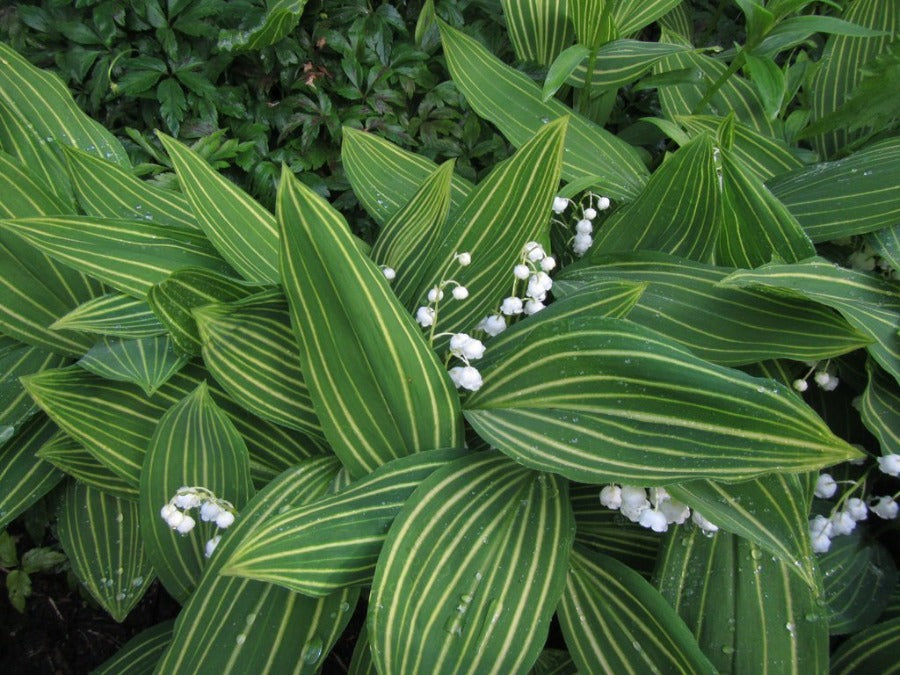
Source: Far reaches Farm
Commonly called Lily of the Valley, this plant is prevalent across Europe, Asia, and some parts of North America, often forming dense groundcover in shady areas with heavy clay soil.
It's easily identified by its sweetly fragrant, delicate white bell-shaped flowers that dangle from slender stems in mid to late spring, contrasting with its broad, lush green leaves. While charming, every part of this plant is highly toxic.
3. Cycas revoluta (Sago Palm)
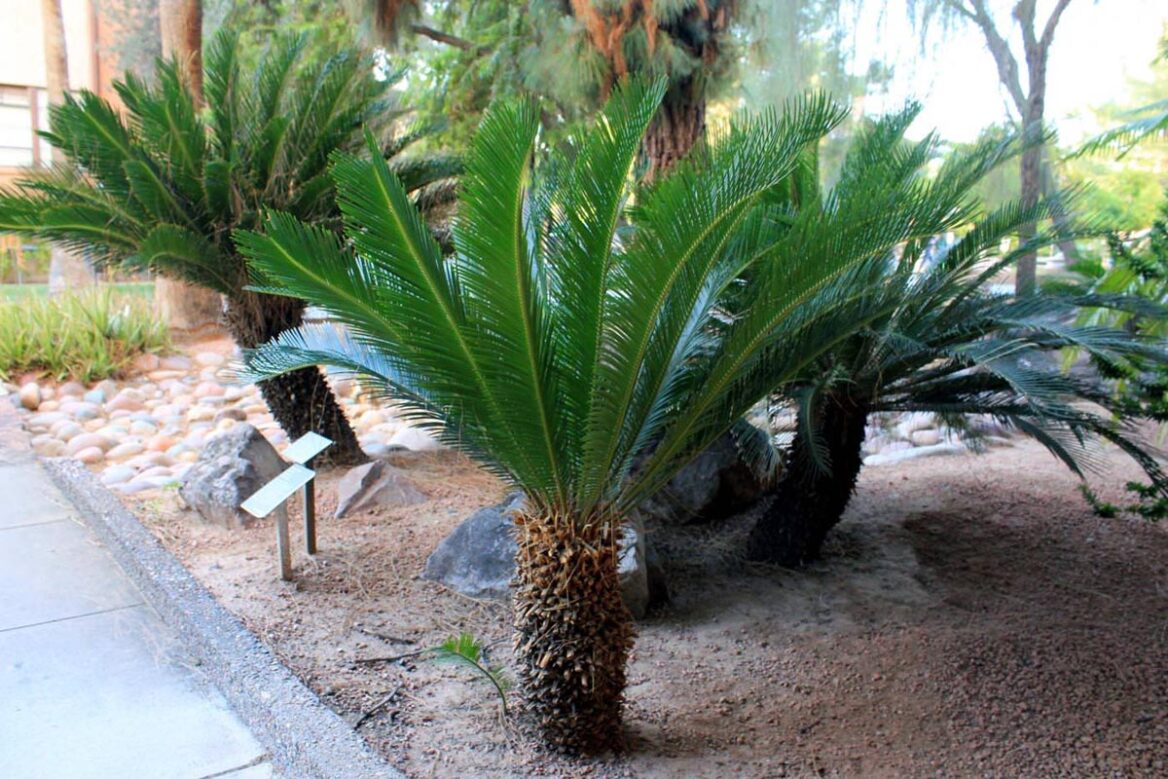
Source: Leafland Nursery
Referred to as Sago Palm, this popular ornamental plant is native to southern Japan, though widely cultivated globally in warmer climates (Hardiness Zones 9-11).
Its striking features include a sturdy, upright trunk topped with a rosette of glossy, arching, feather-like, dark green leaves. Often mistaken for a true palm, it's a cycad, and all its parts, especially the seeds, are extremely poisonous.
4. Duranta erecta (Golden Dewdrop)

Source: 30 seconds
Locally known as Golden Dewdrop or Skyflower, this fast-growing shrub or small tree originates from Tropical America but is now popular in many warm and subtropical regions.
It's characterised by shiny green leaves and clusters of vibrant violet-blue flowers that bloom from summer to fall, followed by distinctive arching branches adorned with bright golden berries. Both the leaves and berries are highly toxic.
5. Gelsemium sempervirens (Carolina Jessamine)
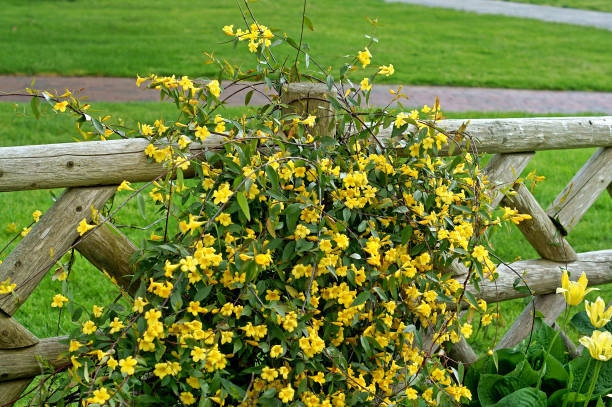
Source: istock
This captivating evergreen climber, known as Carolina Jessamine or Yellow Jessamine, is native to the southeastern United States.
Its most notable features are its fragrant, trumpet-shaped, butter-yellow flowers that bloom profusely from late winter to early spring, set against glossy, ovate green leaves.
Despite its beauty and early spring blooms, all parts of the plant are highly toxic if ingested, containing gelsemine and other alkaloids.
Which is the Most Poisonous Flower in the World?
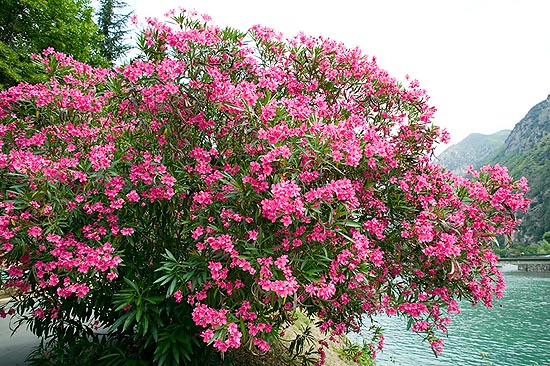
Source: Nerium Oleander
The most poisonous flower in the world is widely considered to be the Nerium oleander, commonly known simply as oleander.
Nerium Oleander: The Deadliest Flower

Source: Rainbow Gardens
- Toxic Parts: Every part of the plant—leaves, flowers, stems, and even nectar—is extremely poisonous.
- Toxins: Contains cardiac glycosides such as oleandrin and neriine which can disrupt heart function.
- Lethal Effects: Ingesting even a small amount can cause nausea, vomiting, abdominal pain, irregular heartbeats, and potentially death. It’s toxic to humans and animals alike (including pets and livestock).
- Interesting Facts: Despite its toxicity, oleander is commonly used as an ornamental plant because of its beautiful pink, white, or red flowers.
- Caution: Even handling oleander and then touching your face or mouth can pose a risk—always use gloves when pruning or working near it.
